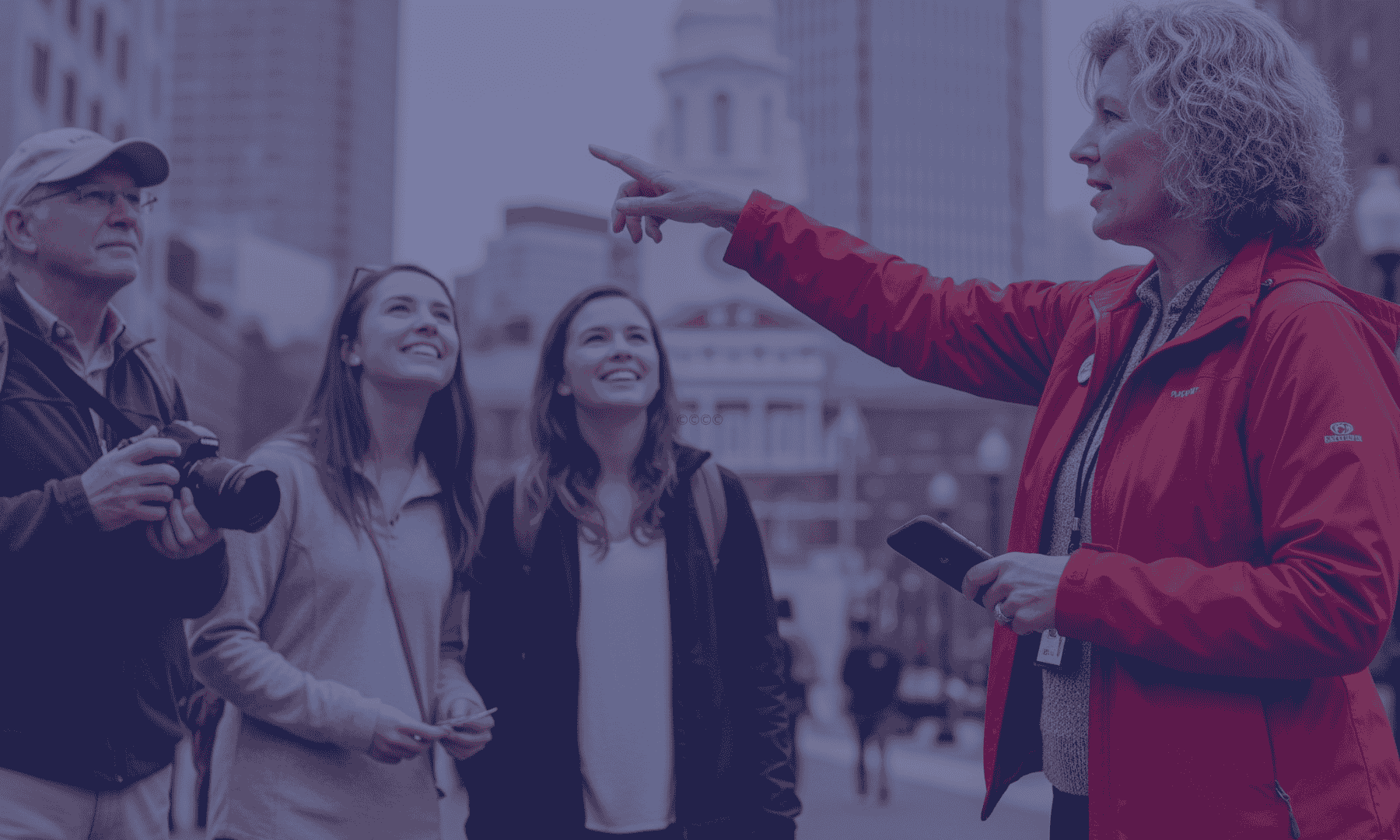In 2020, the City of Lahti, Finland began its first participatory budgeting (PB) project that would span the entire city. Participatory budgeting refers to processes where the public is invited to directly decide on how a budget is spent. The main goals of participatory budgeting are to strengthen the local community, increase transparency in decision-making and make public spending more efficient.
In Lahti, the initial budget was €100,000. The project was such a success that in 2021, the City decided to implement the process again but doubled the budget to €200,000. “The residents have really discovered participatory budgeting and claimed it as their own”, confirm PB coordinators Tia Mäkinen and Sanna Virta.
Participatory Budgeting Model in Lahti

There is no set structure for a PB project. Instead, the organizer can tailor it to fit the setting they are working in. In Lahti, the project was divided into four phases.
Phase one
First, community members were asked to tell the City about their ideas related to the themes of wellbeing, environment, community, or children/teens. The ideas had to be non-commercial and realistic for the City to implement and maintain (so no unicorn parks or time-traveling machines allowed, sadly).
The City also chose 12 volunteers to serve as PB partners. The partners are ordinary locals from different areas in Lahti whose task was to support the project in their area. “Their input in connecting with the public and spreading the message about the project has been invaluable”, state Mäkinen and Virta.
Phase two
The second stage of the process focused on evaluating the submitted ideas and choosing the ones with the most potential to be developed further in community workshops.
Phase three
Then began the third stage – voting. The ideas had been divided between the four major areas of the city, with each area having a budget of €40,000 to spend. The remaining €40,000 was to be spent on proposals for the entire city. Community members could vote via a Maptionnaire survey or if they preferred to vote on paper, they could do so in the local libraries.
4,691 or 4% of Lahti residents voted, which is a 0.6% increase from the pilot project in 2020. There were 33 winning proposals. These included:
- An initiative that provides teens with summer jobs in public space maintenance
- Several initiatives related to outdoor exercise and leisure, e.g. nature trails and playgrounds
- Supervised bicycle parking for central Lahti, thus making it easier for people to commute to work and school without having to worry about their bikes being stolen
- Revitalizing the central marketplace, which will make it more inviting and easy to use for different purposes.
Phase four
The fourth stage, implementation of the winning proposals, will take place in 2022-2023.
The City has been very happy with the great interest that the PB process has received from community members, especially in how it has engaged the young. The most active group of voters were working-age adults, i.e. the group who rarely have time to participate in more old-fashioned participation processes like workshops and city meetings. What’s more, 18% were school-aged children!
Although there is still work to be done in developing the process further, Lahti has also found that the PB process helps in breaking down the silos that exist within the City government, as different departments have to co-operate in the project.
Lahti has a few guidelines for municipalities piloting a participatory budgeting project:
1 – Choose a PB model that works for your community.
There is no one way to do participatory budgeting, so familiarize yourself with the different options and possibilities before choosing one. Consult the public and local networks as well!
2 – Reserve enough time.
In Lahti, the public part of the process from idea collection to the end of voting took about 4.5 months – and the process gets longer when you count the preparation stage that preceded it.
3 – Network and inform.
Have a strategy for informing community members about the project and connect with local organizations, networks, and media. In particular, Lahti highly recommends involving volunteers as PB partners for different areas.
4 – Ensure that different departments/sectors in the city government are committed to the project.
As with anything new, there will be some initial skepticism and resistance. However, the rewards of PB — such as strengthening local community and resident–municipality partnerships — are well worth the initial effort of piloting the first PB project.
Participatory Budgeting: Now is the Time
Lahti is Finland's 9th biggest city with just under 120,000 residents. As a forerunner implementing a new approach, they achieved a positive response from the community. For comparison, an equivalent impact in the 9th biggest cities in Germany, Spain, and Canada would yield a total of 14,000, 15,000, and 24,000 responses, respectively.
While the trendsetters in urban planning and community engagement are already reaping the fruits of their investments in community engagement tools, the great news is that these methods are available for everyone with the Maptionnaire Participatory Budgeting Solution.
The people of Lahti have found participatory budgeting. Our message has been, ‘Give your ideas and your vote. You decide, the city will implement.’ Participatory budgeting is now the entire city’s thing and the volunteer sponsors have done valuable work! The fresh visual look is a success.
Urban Planning Team, The City of Lahti
If you want to learn more about PB being implemented in cities around the globe, check this article on participatory budgeting examples and their outcomes.
You’re also invited to watch a recording of Maptionnaire’s webinar on participatory budgeting (just fill in the info and the recording will open). In the webinar, our community engagement experts explain what PB is and how a city or a local government can deploy the process.







.jpeg)
.webp)

.webp)


.webp)
.png)














































